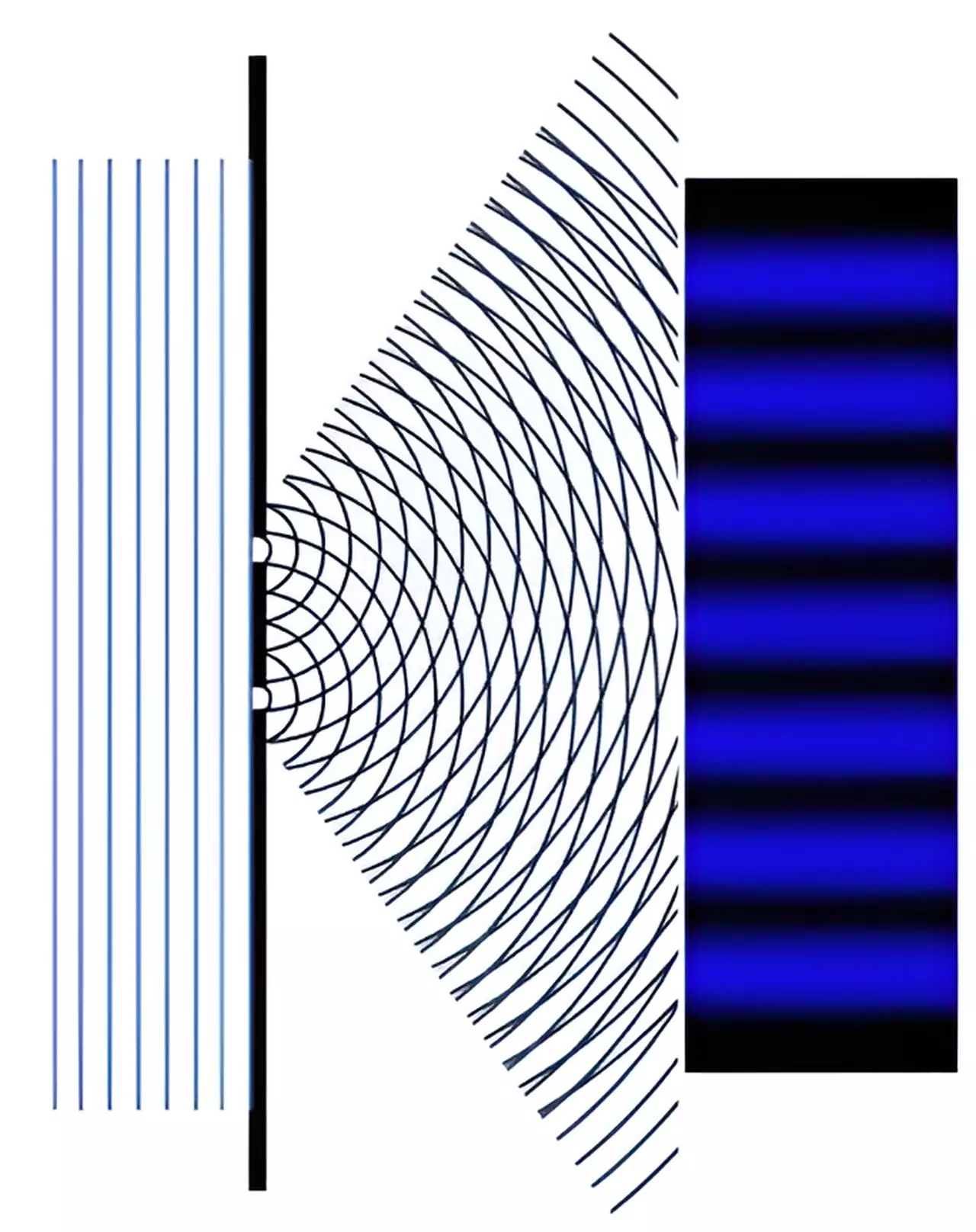Topological quantum computing represents a groundbreaking domain that holds the potential to redefine the landscape of computational technology. While this concept currently rests in the realm of theoretical physics, the prospect of developing a topological quantum computer excites many researchers due to its promise of enhanced stability and superior computational power compared to classical systems. At the heart of this futuristic technology lies a unique qubit—the cornerstone of quantum computation—which fundamentally differs from the qubits utilized in contemporary quantum computers. This article delves into recent advancements, particularly the theoretical discovery of entities akin to half-electrons, and their implications for quantum computing.
To appreciate the groundbreaking findings in this field, it is essential first to understand the oddities of quantum mechanics. Traditional matter, as we know, is composed of atoms made up of indivisible electrons. Yet, quantum mechanics reveals a fascinating phenomenon where electrons can exhibit behaviors that defy conventional intuition, especially at the nano-scale. Recent research led by Professor Andrew Mitchell at University College Dublin and Dr. Sudeshna Sen from the Indian Institute of Technology explores how manipulating conditions at this scale can cause electrons to split—leading to additional possibilities in qubit design.
Dr. Sen emphasizes this extraordinary characteristic: “In the realm of nanotechnology, we are dealing with components measured in nanometers. This is where quantum rules dominate, necessitating a departure from classical perspectives.” This shift is particularly relevant when discussing the conductance of current through ultra-thin wires, allowing scientists to observe the sequential passage of electrons, a remarkable feat that demonstrates the diminishing limits of classical physics.
A key concept underlying this research is quantum interference, which refers to the phenomenon where quantum particles like electrons can influence one another’s behaviors by occupying overlapping paths. In a nano-electronic circuit, electrons can exhibit wave-like properties akin to those described in the historic double-slit experiment, resulting in constructive or destructive interference.
Professor Mitchell notes, “As electrons traverse different paths within a circuit, their wave-like nature can lead to scenarios where some pathways cancel each other out, effectively blocking the current. By bringing multiple electrons closer together, we altered the conditions for interference, enabling a collective behavior reminiscent of split-electron entities.” This innovative perspective opens up a plethora of potential applications in the realm of quantum technology.
At the core of their findings lies the concept of Majorana fermions—exotic quasi-particles believed to be pivotal for the realization of topological quantum computers. First theorized mathematically by Ettore Majorana in the 1930s, the existence of these particles has proven elusive in experimental settings. However, recent theoretical advancements suggest that they may be generated within nanoelectronic circuits, revealing a pathway to harness their unique properties for computation.
The researchers propose that by leveraging quantum interference, they can effectively create and manipulate Majorana fermions, leading to enhanced stability in qubit configurations. As Professor Mitchell points out, “The ongoing pursuit of Majorana particles is critical because they serve as a necessary building block for the envisaged topological quantum computers.”
To grasp the relevance of these discoveries to quantum computing, it is important to highlight the analogy between their findings and the double-slit experiment—a cornerstone of quantum mechanics. In this experiment, individual electrons are fired towards a barrier with two slits, leading to an interference pattern that remains even when electrons are sent one at a time. This wave-particle duality illustrates that electrons possess attributes of both particles and waves, complicating our understanding of their behavior.
Mitchell draws parallels between this foundational experiment and their work in nanoelectronic circuits, indicating that much like the electrons passing through the double-slit, the behavior of particles within their circuits reflects similar interference phenomena. This innate wave nature of electrons serves as the basis for exploring new avenues in quantum computation, transforming foundational theories into practical technologies.
The discovery of split-electron behavior and the potential manipulation of Majorana fermions stands as a promising leap toward the realization of topological quantum computing. While practical applications remain on the horizon, the profound implications of this research pave the way for advancements in computational power and stability. As scientists continue to push the boundaries of quantum mechanics, the dream of creating a robust quantum computer becomes ever more tangible, indicating a new era in the history of computing.


Leave a Reply